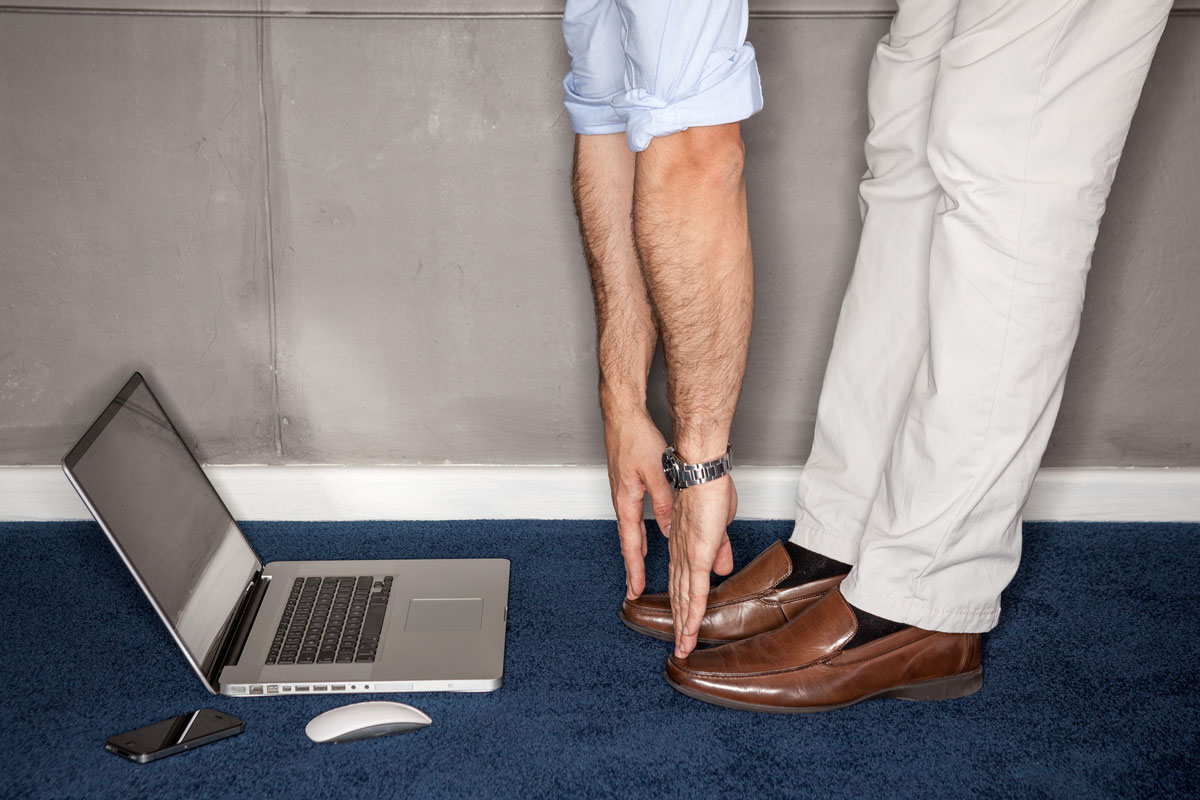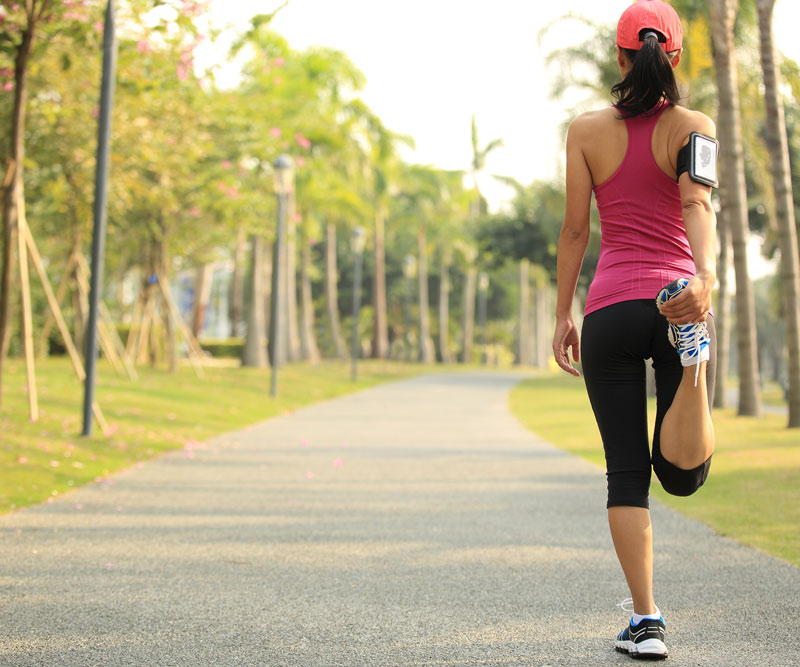
Sit Less, Live Longer: Ways to Fit More Motion into Your Workday
The human body’s 640 muscles suggest it was made to move. However, thanks to modern technology, we can now work from the comfort of an ergonomic chair. As a result, many people can spend as much as nine hours (or more!) a day simply sitting.
This inactivity has potentially disastrous health effects. Even those who exercise aren’t protected.
A slew of recent research finds that regardless of whether you work out, sitting too much can:
- More than double your risk of developing diabetes.
- Increase your risk for heart disease, obesity and cancer.
- Decrease your life expectancy by two years.
While sitting for long periods can shorten your life, a 2015 review of several studies showed that the negative effects of prolonged sitting were decreased, but not eliminated entirely, by exercising throughout the day.
“Exercise lowers the risk of hip fracture and dementia, and can improve brain function even in young adults. It also decreases depression and anxiety and makes people happier,” says Dr. Anne Dempsey, a family medicine physician at Kauai Medical Clinic.
Chained to a desk? Time to break free! In one study, a sitting/standing workstation reduced sedentary time by more than an hour a day.
If you can’t change your work space, make your move by:
- Setting a computer or phone alarm each hour. When it goes off, take a three-minute walk down the hall or climb up and down the stairs.
- Jiggling your foot or shifting in your seat. Fidgeting can burn 350 calories daily.
- Standing up when you are on the phone or speaking to a coworker.
Other ways to fit in fitness during the day include:
- Parking farther away from your destination.
- Walking or biking to work.
- Taking the stairs instead of the elevator.
- Scheduling a walk during your lunch break.
“Many of my patients report that fitness tracker devices or even a simple pedometer help them exercise more,” Dempsey says. “Exercise will make you happier and healthier now and will help you live a longer and healthier life in the future.”
Published on: January 4, 2016




